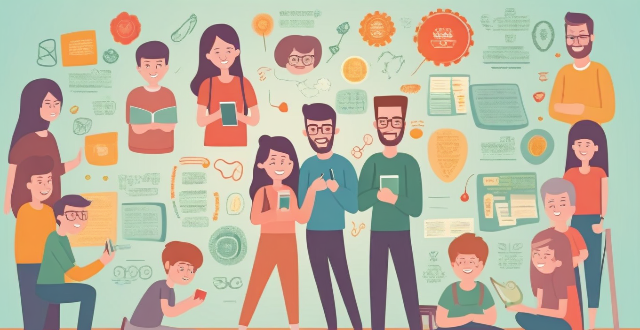Common challenges in parent-teacher collaboration include lack of communication, time constraints, cultural differences, resistance to change, unclear roles and responsibilities, conflicting priorities, lack of trust, inconsistent messages, limited access to information, and emotional barriers. To overcome these challenges, strategies such as improving communication, addressing time constraints, bridging cultural differences, embracing change, clarifying roles and responsibilities, building trust, facilitating access to information, and addressing emotional barriers can be implemented. By employing these strategies, parents and teachers can work together more effectively to support student success while overcoming common challenges in their collaboration.

Common Challenges in Parent-Teacher Collaboration
1. Lack of Communication: One of the most common challenges is the lack of effective communication between parents and teachers. This can lead to misunderstandings, missed opportunities for support, and a lack of trust.
2. Time Constraints: Both parents and teachers have busy schedules, making it difficult to find time for meetings or discussions. This can result in important issues being overlooked or not addressed in a timely manner.
3. Cultural Differences: Cultural differences between parents and teachers can create barriers to effective collaboration. These differences may include language barriers, different educational philosophies, or differing expectations about parent involvement in education.
4. Resistance to Change: Some parents or teachers may be resistant to changes suggested by the other party, such as new teaching methods or home learning strategies. This resistance can hinder progress and prevent positive outcomes for students.
5. Unclear Roles and Responsibilities: Without clear understanding of each other's roles and responsibilities, parents and teachers may struggle to work together effectively. This can lead to confusion, frustration, and inefficiency.
6. Conflicting Priorities: Parents and teachers may have conflicting priorities, such as academic achievement versus personal well-being, which can make it difficult to agree on the best course of action for a student.
7. Lack of Trust: A lack of trust between parents and teachers can undermine their ability to work together effectively. This may stem from past negative experiences or misunderstandings that have not been resolved.
8. Inconsistent Messages: If parents and teachers send mixed messages to students about expectations, consequences, or support, it can create confusion and reduce the effectiveness of their interventions.
9. Limited Access to Information: Parents who do not have easy access to information about their child's progress or school resources may feel excluded from the collaborative process.
10. Emotional Barriers: Emotional barriers, such as fear, anger, or defensiveness, can prevent open and honest communication between parents and teachers.
Overcoming Challenges in Parent-Teacher Collaboration
To overcome these challenges, consider implementing the following strategies:
Improve Communication
- Regular Updates: Establish regular channels for updates, such as newsletters or email updates, to keep parents informed about what is happening in the classroom.
- Two-Way Communication: Encourage two-way communication by providing opportunities for parents to share their thoughts and concerns with teachers.
- Use Multiple Forms of Communication: Recognize that different parents prefer different forms of communication (e.g., emails, phone calls, face-to-face meetings), and accommodate these preferences where possible.
Address Time Constraints
- Flexible Scheduling: Offer flexible scheduling options for meetings, including virtual meetings or written communication when necessary.
- Prioritize Issues: Focus on addressing urgent or important issues first to make the best use of limited time.
Bridge Cultural Differences
- Cultural Sensitivity Training: Provide training for teachers on how to work effectively with families from diverse backgrounds.
- Language Support: Offer translation services or materials in multiple languages to support non-native speakers.
Embrace Change
- Open Dialogue: Encourage open dialogue about proposed changes and involve parents in decision-making processes whenever possible.
- Pilot Programs: Implement pilot programs to test new approaches before fully integrating them into the curriculum or home learning strategies.
Clarify Roles and Responsibilities
- Clear Guidelines: Develop clear guidelines outlining the roles and responsibilities of both parents and teachers.
- Joint Goal Setting: Work together to set goals for students that align with both educational and personal development priorities.
Build Trust
- Transparency: Be transparent about decisions affecting students and explain the reasoning behind them.
- Consistent Messaging: Ensure that all communications between parents and teachers convey consistent messages about expectations and consequences.
Facilitate Access to Information
- Online Portals: Utilize online portals where parents can easily access information about their child's progress and school resources.
- Home Visits: Consider conducting home visits if necessary to build stronger connections with families who may not otherwise engage with the school.
Address Emotional Barriers
- Active Listening: Practice active listening skills to understand parents' perspectives and address any emotional barriers that may exist.
- Conflict Resolution Strategies: Develop conflict resolution strategies to deal with disagreements in a constructive manner.
By employing these strategies, parents and teachers can work together more effectively to support student success while overcoming common challenges in their collaboration.